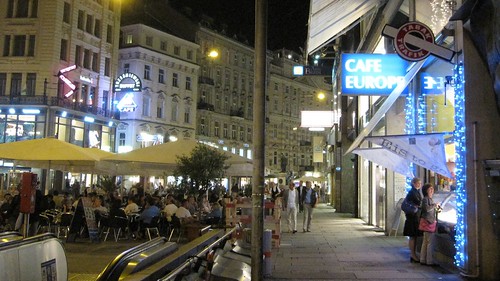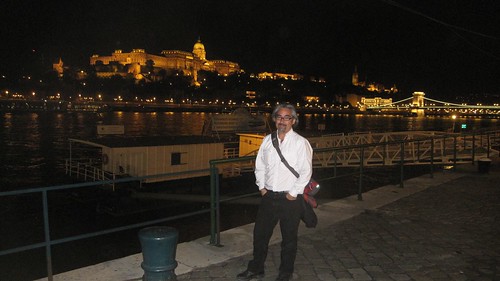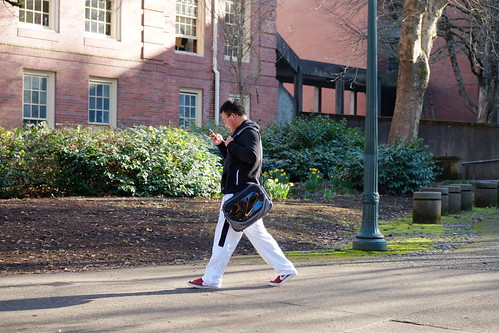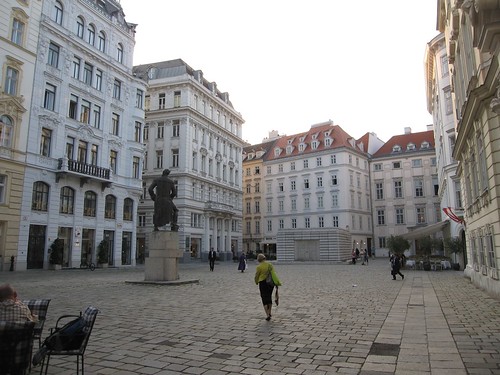BBC correspondent Finlo Rohrer has a nice piece about the importance of “purposeless walking” to creative people in the BBC News Magazine– the kinds of walks that aren’t meant to get you somewhere new on planet Earth, so much as somewhere new in your own thinking:
"There is something about the pace of walking and the pace of thinking that goes together. Walking requires a certain amount of attention but it leaves great parts of the time open to thinking. I do believe once you get the blood flowing through the brain it does start working more creatively," says Geoff Nicholson, author of The Lost Art of Walking.
"Your senses are sharpened. As a writer, I also use it as a form of problem solving. I'm far more likely to find a solution by going for a walk than sitting at my desk and 'thinking’.”
Of course, the new study by Oppezzo and Schwartz that I wrote about yesterday lends support to this. I also think that my practice of taking long walks when I’m on the road doing things for clients makes a lot more sense now.
For me, walking when I’m traveling for work has lots of virtues. It’s a way to get some exercise, especially when I don’t have a gym in the hotel, one I don’t have one that meets my super-high, incredibly-exacting standards— standards that are so high, in fact, they almost always give me a reason to not exercise, thus satisfying my feelings of both sloth and exclusivity.
At other times, a long walk gives me a chance to think about what I’m going to do the next day, but in a more relaxed, don’t-stress-about-it way.
And once the work is done, walks are a good chance to unwind.
And of course, there’s the walk that’s meant to stimulate your thinking, the sort that requires no particular destination, just flexibility and mental openness (and for me a pen and notebook, since I don’t trust myself to remember all the good ideas I have while I’m out).
On these you have to walk and wait for ideas, and trust that the part of your mind that is always at work is still plugging away, and will get things done if you give it space— a little stimulation, but not so much to distract it, but otherwise stay out of its way.
Alas, Rohrer notes,
Not everybody is prepared to wait. There are many people who regard walking from place to place as "dead time" that they resent losing, in a busy schedule where work and commuting takes them away from home, family and other pleasures. It is viewed as "an empty space that needs to be filled up", says Rebecca Solnit, author of Wanderlust: A History of Walking.
It’s no longer enough to just walk; you have to text, or read, or do other things while you’re moving.
Both the Solnit and Nicholson books are great, and I highly recommend them.
But I think describing this kind of walking as “purposeless” is a little problematic. It may be “purposeless” in the sense that you have no geographical destination, but you certainly have a mental one: even if you’re not trying to get to a different point on the map, you are trying to get to a new place in your own thinking. Calling this purposeless is like saying that all use of computers that doesn’t involve generating a number at the end is “purposeless,” or that working out is purposeless because you’re not producing anything other than improved muscle tone.




